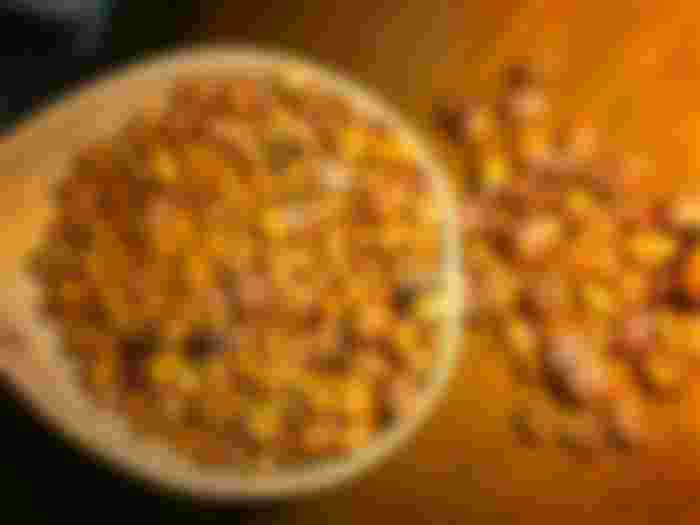Dear readers, if you are reading this writing it is because you have accepted my invitation to read about stimulating plants.
Coffee, Tea and Cocoa are plants that stimulate the nervous system. They activate alertness and allow to resist drowsiness.
The coffee tree

The coffee tree, also called the African Cherry, is a shrub that belongs to the Rubiaceae family. There are three main groups or varieties: Arabica coffee (Coffea arabica), originally from Ethiopia; Robusta coffee (Coffea canephora) and the Libery coffee (Coffea liberica).

The fruit is a drupe that turns red when ripe, like a cherry. The drupe contains two seeds that are the coffee beans. Its origin is not clear, but it is believed to have originated in Ethiopia, Africa, where the Gauls (tribe) consumed it as a legume, this tribe still continues to roast the beans that are then consumed boiled. It was the Arabs who began to cultivate coffee in the XI century, but it was not until the XVII century that it was introduced in Europe, Italy, France and England, but it did not reach fame until a century later. The Dutch colonizers introduced it to Suriname and from there to Brazil where it managed to acclimatize perfectly. Brazil is currently the world's leading coffee producer and South America as a whole is responsible for 40% of world production, with the Scandinavian countries and Costa Rica being the largest consumers!

In Venezuela the coffee harvest generally takes place from September to December. The average yield is 2,500 kg/ha. It must be harvested completely ripe and must be de-pulped the same day; if it cannot be de-pulped, it should be left in water for the following day. Then comes the fermentation that lasts between 18 to 24 hours, then it is washed with water and spread out in the drying patios, where it lasts 6 to 8 days (there are also drying machines). Once dry it goes to the threshing and polishing machine, being ready for marketing.

Nowadays, coffee has an infinite number of uses, in liquors, confectionery, ice cream and cosmetology. I am a regular coffee drinker, especially black coffee with little sugar.
Cocoa (Theobroma cacao)

My wife planting a small Cacao tree

Cacao (Theobroma cacao) belongs to the sterculiaceae family. Its flowers develop from buds located on the trunk. The cocoa pods, which are reddish-brown when ripe, measure 12 to 20 cm and contain about forty very bitter seeds. The tree commonly measures 8 m in plantations, but can reach up to 15 meters in the humid undergrowth of the Amazon where it originates. The Mayan tribes of Central America began cultivating cocoa for its seeds, which provided them with oil and powder. Several centuries later, with the arrival of the first colonizers, they became true currencies of exchange, and the drink called xocoatl, from which the word chocolate comes from, became a sign of nobility.

The success of cocoa is due to Mexican nuns from Oaxaca, who had the idea of mixing it with cane sugar. At the end of the 16th century, this beverage crossed the Atlantic and conquered Europe. Today, Africa is responsible for 75% of the cocoa produced in the world.

Handmade cocoa paste
I particularly love chocolate, in any of its presentations, I consume it as a candy and also in confectionery, I usually buy the cocoa paste and from there I produce my chocolate!

I am currently working with the use of Copoazú, Copoazú is a fruit native to the eastern Amazon from the tree Theobroma grandiflorum, which belongs to the same family of cocoa (Theobroma cacao) in fact it is also known as white cocoa, its flavor has some similarity with this fruit, although with a peculiar touch that makes it a little similar to pineapple.
Tea (Camellia sinensis and Thea assamica)

Tea (Camellia sinensis and Thea assamica) is a shrub cultivated for its young aromatic leaves. Although it can reach up to 20 m in height in the wild, in plantations they are kept at 1.50 m. Tea originated in Asia (China and India) but its origin as a crop is unknown. It seems that the emperor Chen Nong already made infusions with its leaves in the 3rd century BC. Tea was introduced in Arab countries in the 13th century, before being brought to Europe, where it was quickly adopted by England and Russia. Still today, more than 65% of production comes from Asia, with China and India being the first producers. Tea is less tonic than coffee because the infusion of the leaves dilutes the caffeine it contains. After water and milk, it is the most consumed beverage in the world

Oizaguirres' original photographic and written support for read,cash













Read Full About Ceypto Mining
https://read.cash/@TalatKiani/bitcoin-working-principle-d7d9f97d